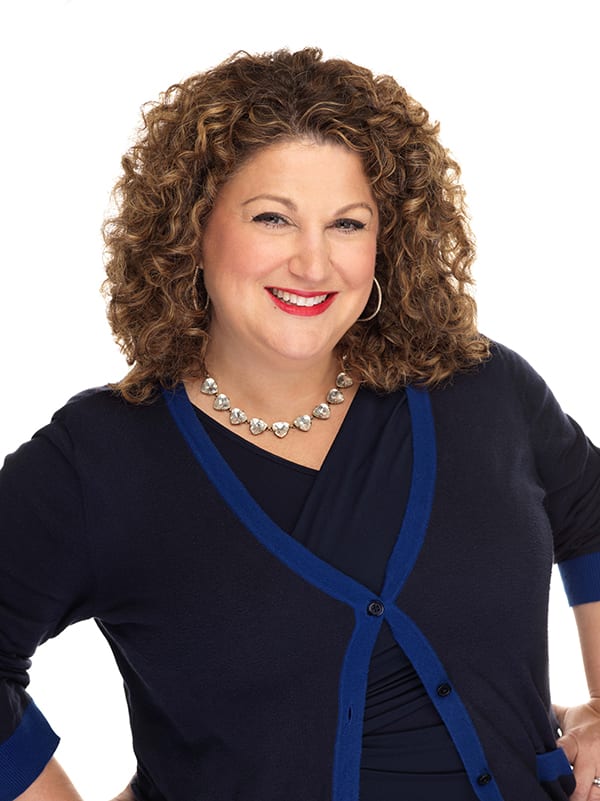 “Feeling gratitude and not expressing it is like wrapping a present and not giving it.”
“Feeling gratitude and not expressing it is like wrapping a present and not giving it.”
– William Arthur Ward
Like many, I’m busy preparing for a holiday that celebrates giving thanks for the bounty in our lives. It’s a time to pause and reflect on the positive elements—the people, circumstances, and opportunities we’re most grateful for (before the self-reflection of improvement opportunities that tend to accompany year-end). In my family, guests go around the table and each share some of the people and situations they are most thankful for.
Intuitively, we know it feels good to share our appreciation with others, but neuroscientists and psychologists have studied the many real benefits we experience from expressing gratefulness, including dramatic lifts in social, emotional and physical well-being. It turns out that expressing thanks lifts both the receiver and the one delivering the message.
I invite you to use the occasion to express your thanks not just to your family and friends, but also to your team members and colleagues. Appreciation is a fundamental human need, yet the busy demands of daily client service sometimes mean recognition moments are put aside or considered “nice to have” rather than essential elements of effective management and a driver of a vibrant workplace.
Here are three tips to maximize your expressions of gratitude with your team:
1. Say thank you (and write a thank-you note if you can)
The easiest employee motivational tool is the simple yet sincere expression of appreciation, either verbally or in writing. Employees want to feel that their contribution is valued, and that they are seen as important for bringing a unique skill to the team. Specificity is key here—overly general praise (“Great job to all!”) can backfire and cause employees to feel their manager does not see them as valuable individuals.
Writing a thank-you note can up the benefits for both you and your recipient—the act maximizes the benefits in energy and optimism for the writer, and the ability to re-read notes extends the emotional benefits for the recipient.
2. Be limitless with your praise
Beyond the Thanksgiving timeframe, build praise and gratitude into your daily routine. Research by Gallup shows that for employees to feel valued and committed to a workplace, they need to receive some form of recognition every seven days. In our personal lives, we tell people we care about that they matter every day. In their book The Carrot Principle, authors Gostick and Elton share that the workplace equivalent of “I love you” is “Thanks.” Be generous and abundant in your expressions of appreciation!
3. Consider a gratitude journal
Taking a few minutes at the end of each day to capture what and who you’ve appreciated can help cultivate an attitude of gratitude over time, and allow you to track the recognition you’re offering to your team. (Typically, 3-5 bullets are the gold standard, but do what feels right.) Maintaining a written log of gratitude has been linked to improved happiness, sleep and reduced illness. There are books designed specifically for this purpose, as well as apps such as Gratitude Journal.
I’d love to hear how this works for you.
I want to wish you all the emotional nourishment that accompanies our traditional feast, and may we all experience the joys of being appreciated along with the benefits of giving thanks.
